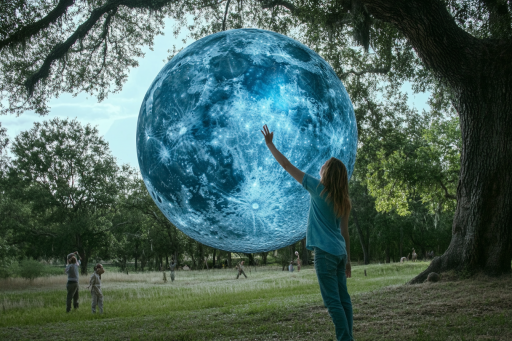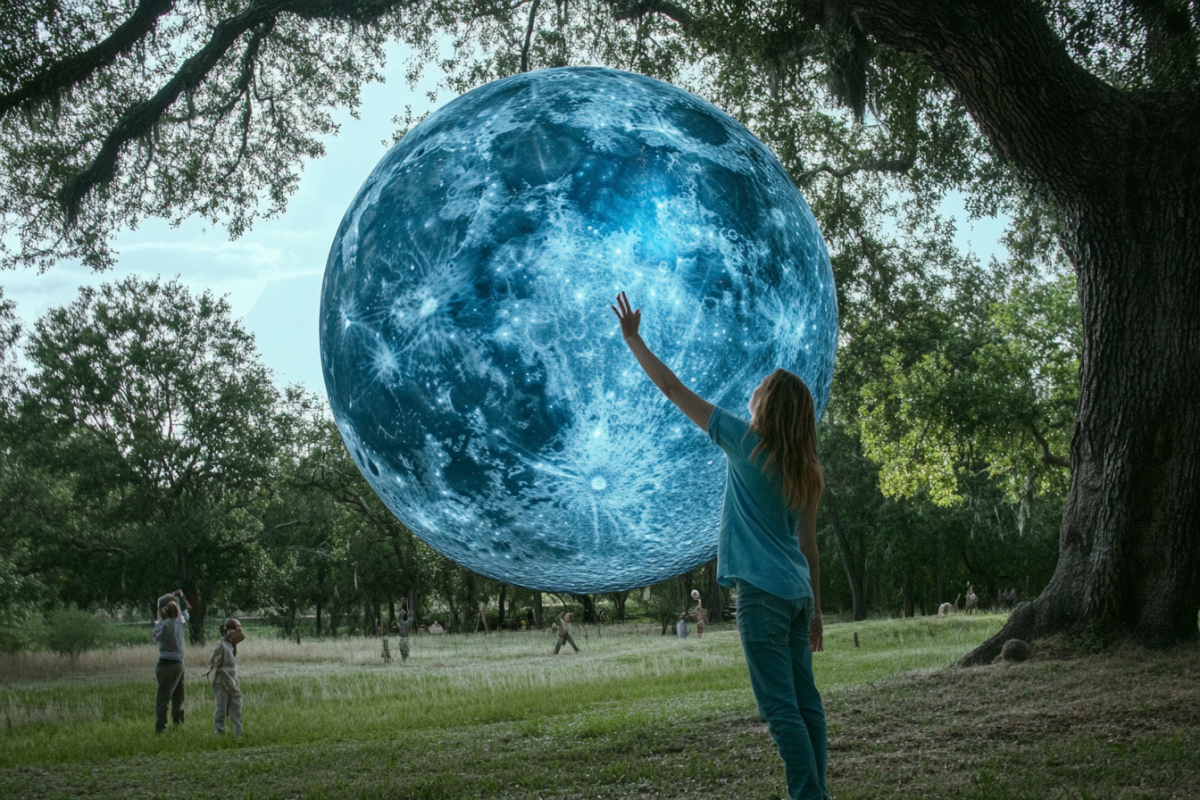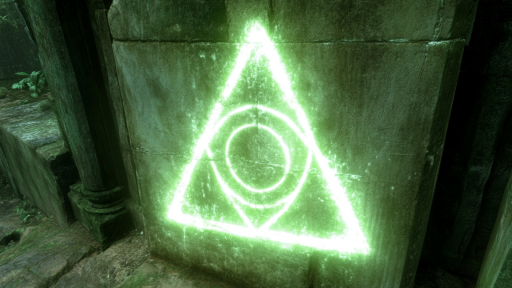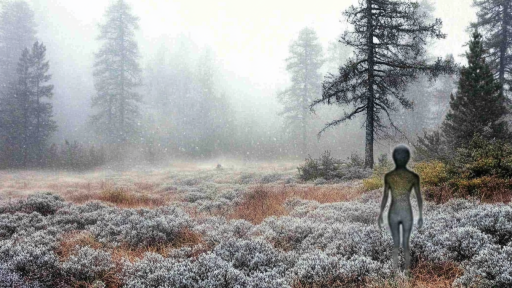
Throughout history, people have looked to the moon as a constant, a familiar companion in the night sky. But what happens when that certainty is shattered? Strange phenomena have left skywatchers questioning reality—when the moon appeared in the wrong place, changed color, or even vanished entirely. Whether explained by science or still shrouded in mystery, these eerie lunar events remind us that even the most predictable celestial body can surprise us.
The Night the Moon Turned Green

One evening in the 19th century, reports came from multiple cities describing an unnatural green moon hanging in the sky. Some blamed volcanic ash, while others whispered about an unknown atmospheric phenomenon. The eerie glow persisted for hours before fading into a more familiar silver. Despite modern theories, no definitive explanation has ever been confirmed.
The Lunar Eclipse That Refused to End

During a total lunar eclipse, the moon should return to normal after a few hours—but in 1504, Christopher Columbus and his crew witnessed one that lasted far longer than expected. Indigenous people on the island where Columbus was stranded were terrified, seeing it as an omen. Modern astronomers suggest unusual atmospheric conditions may have prolonged the effect, but to those who saw it, the night felt like it might never end.
The Disappearing Moon Over Siberia

In 1908, just before the Tunguska explosion, witnesses described an unsettling sight—the moon vanishing entirely from the sky. For hours, there was nothing but darkness where it should have been. Some believe the massive energy release from the explosion played tricks on the atmosphere, while others argue that something far stranger was at work.
The Moon That Rose Twice in One Night

Ancient Chinese astronomers documented an event where the moon set, then unexpectedly rose again hours later. The sky-watching scholars were baffled, and the records give no clear explanation. Could it have been a rare atmospheric mirage, or did something distort time itself for those watching?
The Upside-Down Moon in Australia

One night in 1982, hundreds of witnesses in Australia reported seeing the moon completely inverted, as if it had been flipped upside down. While the moon naturally appears different depending on hemisphere, this event was witnessed by people in the same location, where the change should have been impossible. Scientists blamed unusual light refraction, but no one had seen anything like it before—or since.
The Blood Moon That Was Black Instead

A lunar eclipse typically creates a striking red “blood moon,” but in 1453, something went wrong. Instead of turning crimson, the moon became as dark as coal, barely visible in the sky. The eerie phenomenon coincided with the fall of Constantinople, leading many to believe it was a divine warning. Modern theories suggest extreme volcanic ash in the atmosphere, but the event remains a chilling mystery.
The Moon That Followed People Home

In a strange case from the early 1900s, multiple witnesses in a rural town claimed the moon moved with them as they walked. No matter where they went, the moon stayed fixed overhead, unnervingly close. Theories range from optical illusions to mass hysteria, but the experience left those who saw it shaken for life.
The Moon That Appeared Too Big for Reality

One night in 1957, people around the world reported an enormous moon, at least four times its normal size, looming low in the sky. Some thought it was crashing toward Earth, while others feared an unknown celestial event. Scientists later attributed it to an extreme case of the “moon illusion,” but no similar sighting has ever been recorded at such a massive scale.
The Flickering Moon Over the Atlantic

During a naval expedition in the 18th century, sailors witnessed something bizarre—the moon appeared to “blink,” flickering on and off several times in the night sky. The phenomenon lasted nearly an hour before stabilizing. While some suspect it was due to rapidly changing cloud cover, others argue it was something never seen before—or after.
The Twin Moons Over Japan

In 1846, Japanese fishermen reported seeing two moons side by side, both full and glowing with equal intensity. As the night passed, one slowly faded while the other remained. Some suspect a rare atmospheric mirage, but no scientific explanation fully accounts for the duration and clarity of the second moon.
The Daylight Moon That Shone Like the Sun

A full moon shining during daylight is normal, but in 1973, skywatchers across multiple countries saw something different—a moon that radiated with the intensity of the sun. The brightness was so strong that shadows formed beneath trees. Scientists later suggested ice crystals in the upper atmosphere amplified the moonlight, but no similar event has been recorded.
The Night the Moon Went Blue and Stayed That Way

A “blue moon” is just a name for the second full moon in a month—but in 1883, people reported seeing an actual blue-colored moon for weeks. The cause? A massive volcanic eruption had sent fine ash into the stratosphere, scattering red light and making the moon appear ghostly blue. While science explains this one, the prolonged duration of the event remains unusual.
The Moon That Split in Two

Legends across multiple cultures tell of a night when the moon appeared to split into two pieces before slowly reforming. Some religious texts reference this event as a divine sign, while astronomers speculate it could have been an illusion caused by an asteroid impact or rare light distortion. Whatever the truth, those who saw it never forgot.
What If the Moon Isn’t What We Think?

The moon has been humanity’s nightlight for millennia, yet history is filled with moments when it defied expectations. Whether distorted by earthly conditions or hinting at something more mysterious, these strange lunar events challenge what we believe to be constant. Is the moon just a celestial body orbiting our planet, or could it be something far more complex—something we still don’t fully understand?





